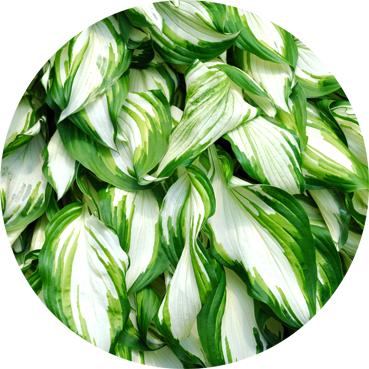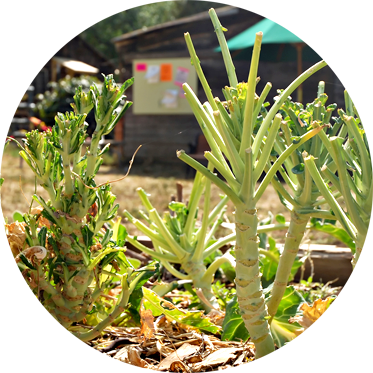Deer Damage Identification
Understanding Deer and the Damage they Can Cause.
Deer Damage: an increasing problem across the U.S.
Deer damage is on an increase, because the U.S. Deer population today exceeds 20 million animals! Consider that turn-of-the century Deer estimates were less than 500,000, it’s easy to understand why Deer are creating such an impact on our homes and environment.
Deer are herbivores, and eat over 500 species of plants, with male deer consuming 4 to 10 pounds of forage daily. Recent data suggests that deer are now causing nearly $1 billion in farm, garden, and timber damage annually in the U.S. Add to that the alarming increase in Lyme Disease carried by deer ticks—without question these beautiful but ravenous herbivores have become a very serious problem.
How to Identify Deer Damage
Deer decimate vegetation through two types of activity:
Browsing
To recognize deer browsing, look for torn leaves or stalks with ragged ends. Deer have no upper incisors and must jerk or tear plants when feeding. Woodchucks, rabbits and other small rodents usually leave cleanly cut plant stalks.
Antler Rubbing
Another form of damage occurs when male deer (bucks) rub their antlers on trees. This type of damage is characterized by vertical scrapes and shredded bark on the saplings, exposing underlying wood.
Deer damage by browsing will look random and ragged due to the tearing that occurs as they eat, leaving ragged leaf and stem edges and often leaving only the stems behind. The damage can be found as high as 6 feet up a plant. Favorite vegetation for Deer include shoots, twigs, grass, clover, green leaves and bark. They also like to feed on garden vegetables, fruit trees and landscapes with a particular fondness for Hostas. However, Deer are also known as scavengers and will devour other foliage, especially during the winter months when green vegetation is scarce.
Other Signs of Deer
Deer browsing damage will look random and ragged due to the tearing that occurs as they eat, leaving ragged leaf and stem edges and often leaving only the stems behind.
Deer Droppings
Identified as elongated pellets, sometimes mistaken for rabbit droppings. In the spring and summer months when Deer are feeding on lush green shoots, leaves, grass, fruit, etc., the pellets clump together and are left as a mass.
Deer Tracks
Shaped like 2 halves of a broken heart and are about 2-3 inches long. The distances between the tracks depend on whether the deer are grazing or running.
Bobbex Deer Repellent to the Rescue!
Bobbex Deer Repellent naturally repels deer, preserving your landscaping, gardens, flowers, trees, and the general appearance of your property.
Your 100% Satisfaction is our Top Priority!
If you are not satisfied with this product, Bobbex Inc. will refund the suggested retail price or replace it with an item of equal value. Proof of purchase required.



